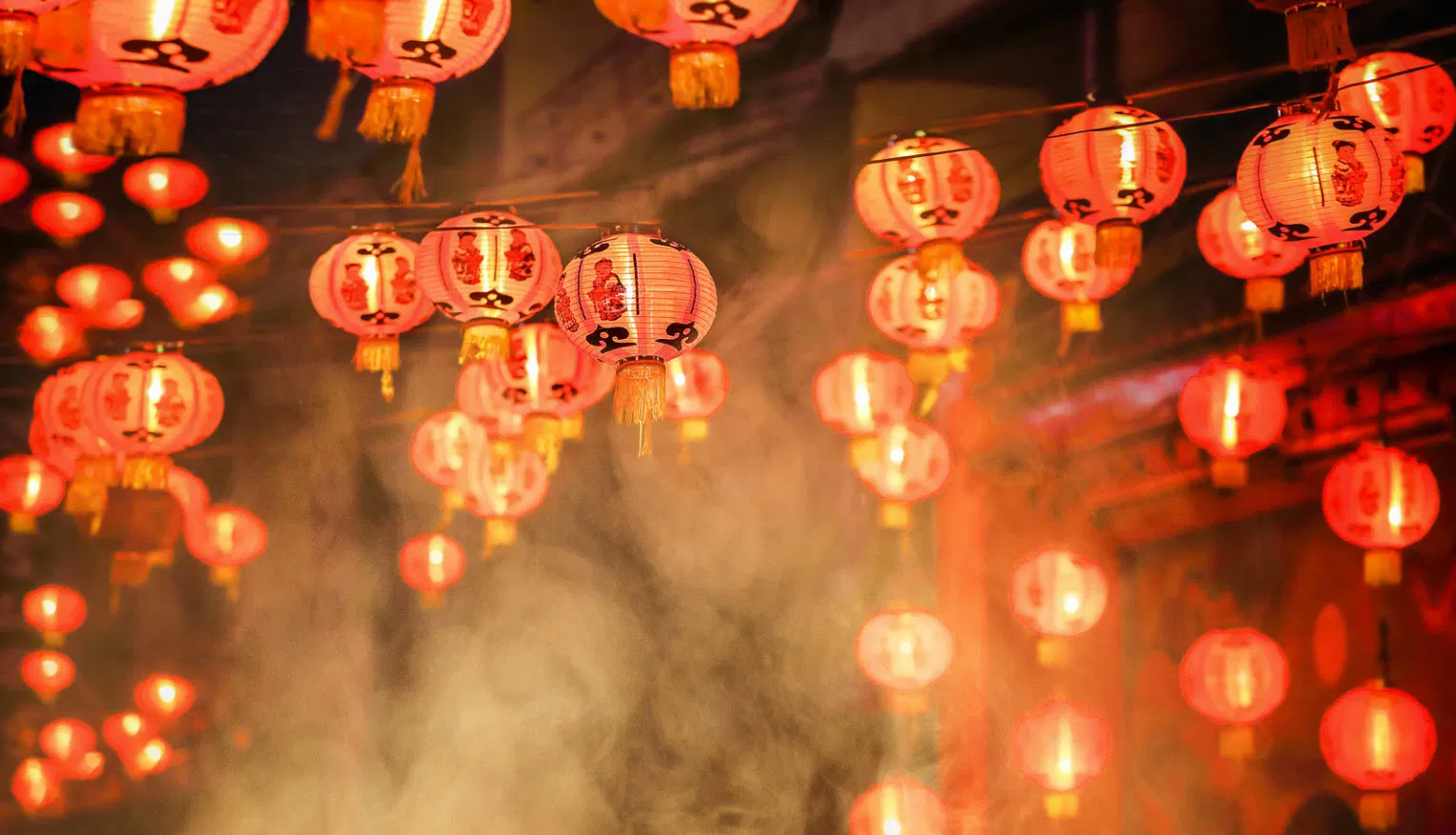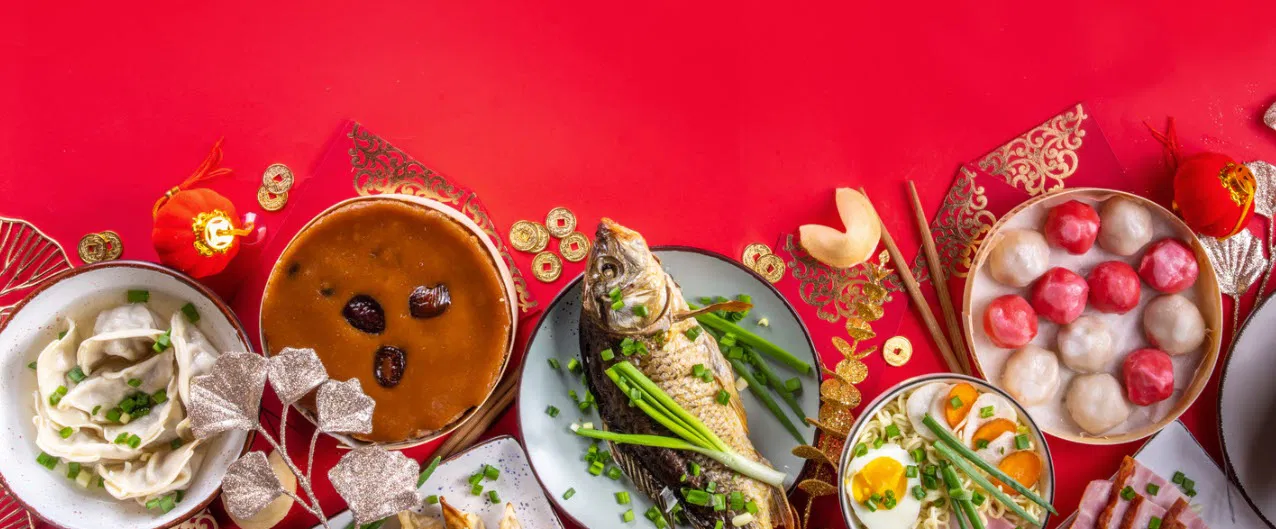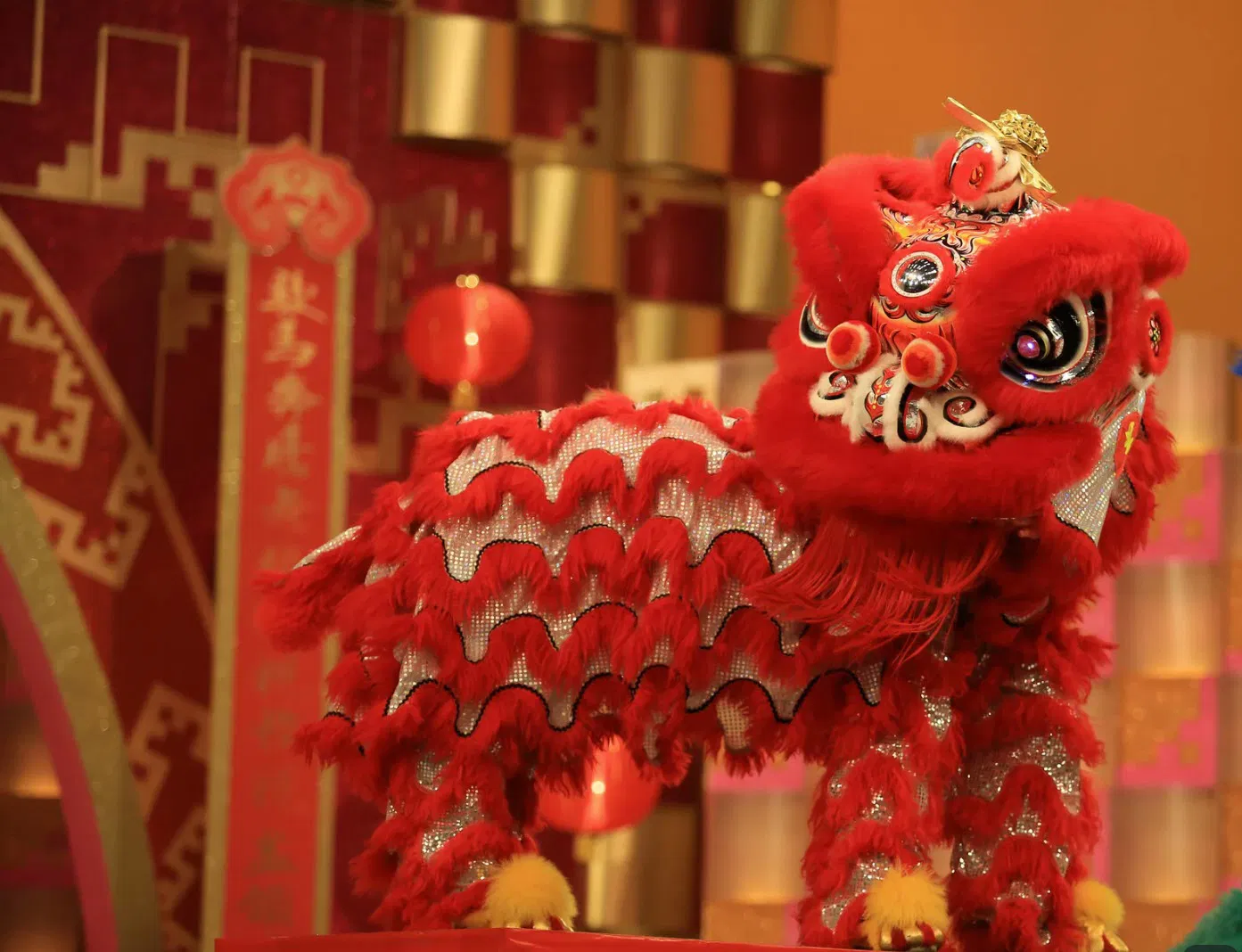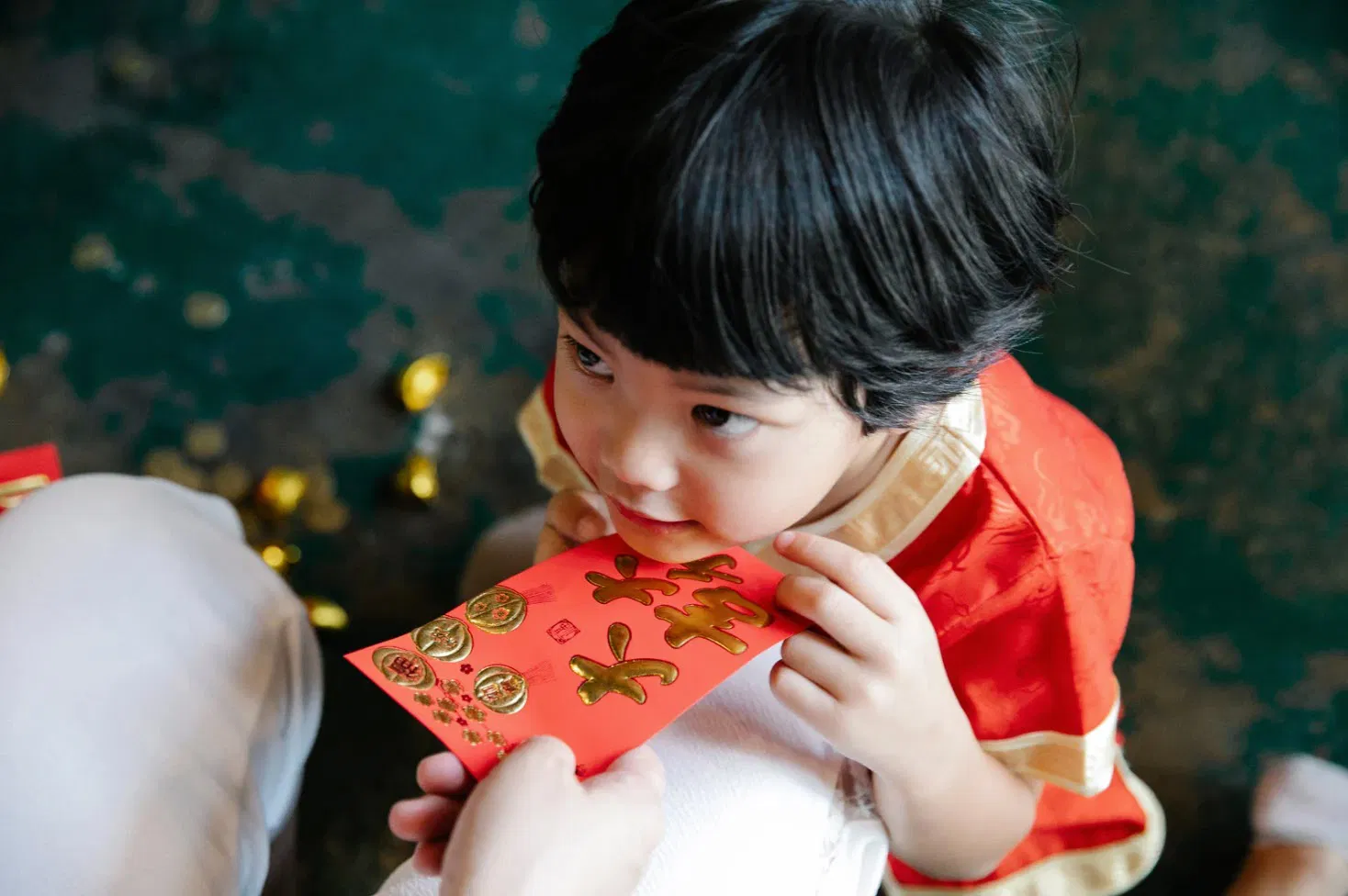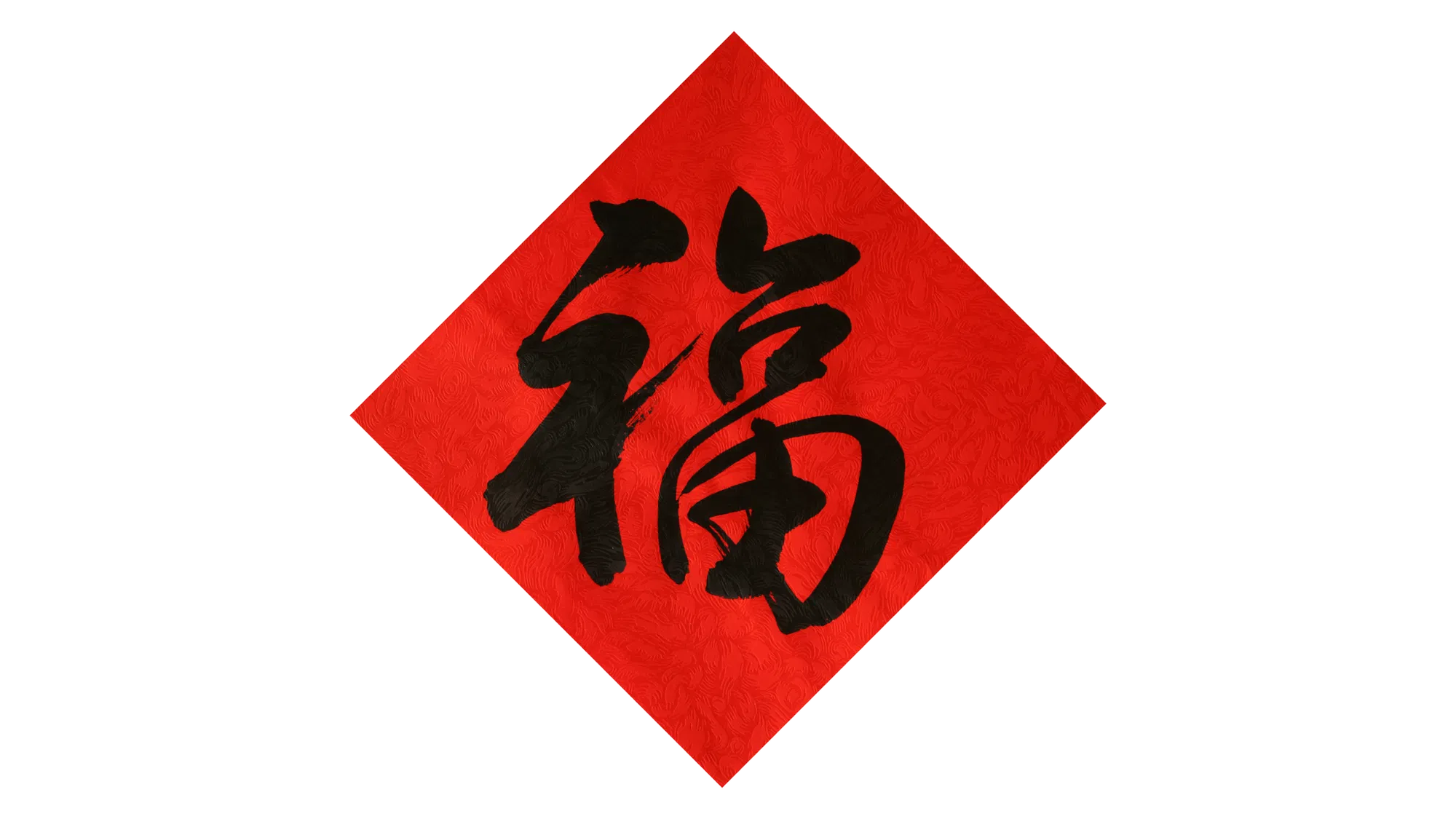The Chinese New Year, also known as the Spring Festival, is one of the most important and largest traditional festivals in the world. It marks the arrival of the new lunar year and symbolises the renewal of life, the reunification of the family and hope for the future. As the most culturally significant festival in China, Chinese New Year has been celebrated for thousands of years and is deeply rooted in Chinese traditions. Every year, it brings with it people's wishes and blessings for the new year. Whether in the streets and alleyways of China or in Chinese communities around the world, the festive atmosphere of Chinese New Year is palpable.
The history and cultural significance of the Spring Festival
The Chinese New Year is not just a simple public holiday, but has a deep cultural significance. Its origins can be traced back to ancient agricultural societies in China, where the festival was closely linked to the natural cycle. It is a time to celebrate spring, pray for a bountiful harvest and mark the beginning of a new year. Over time, the Chinese New Year evolved into a time to reunite families, honour the elderly and ward off evil spirits. The celebrations gradually expanded from early rituals of making offerings to heaven and praying for fertility to a variety of customs that are still celebrated today.
Chinese New Year is not just a simple public holiday, but has a deep cultural significance
The symbolism of the colour red and the legend of "Nian"
One of the most important symbols of the Chinese New Year is the colour red. Families decorate their homes with red couples and lanterns and even choose red clothing and accessories. The reason for this is a well-known story: it is said that an evil monster called "Nian" emerged from the mountains during the New Year to frighten the villagers. "Nian" was afraid of the colour red, fire and loud noises, so people decorated their houses in red and set off firecrackers and fireworks to drive the monster away, symbolising the banishment of misfortune and the arrival of good fortune. This custom is still widespread today and makes red an inseparable part of the Chinese New Year.
The colour red and the legend of "Nian"
The family dinner - the centrepiece of the New Year
One of the most iconic traditions of the Chinese New Year is of course the family feast, also known as the "New Year's Eve meal". No matter where you are, this meal is a symbol of family cohesion. It is more than just a meal, it is a moment to strengthen family bonds. Each dish on the table has a special meaning, e.g. fish, which stands for "abundance every year", dumplings, which symbolise wealth and unity, and spring rolls, which stand for wealth and prosperity. The reunion dinner is a time for families to come together and share their joy so that everyone can feel the warmth and love of home.
Fireworks, dragon and lion dances: when the whole of China lights up
Another highlight of the Chinese New Year is the setting off of firecrackers and fireworks. This tradition goes back to the legend of the expulsion of the beast "Nian" and symbolises the expulsion of evil spirits and the welcoming of the new year. On the night of Chinese New Year, the streets in both cities and rural areas are filled with the sound of firecrackers, and fireworks light up the sky in bright colours, adding to the festive atmosphere. Dragon and lion dances are also an important part of the celebrations. Dancers in colourful costumes perform dragon and lion dances on the streets to bring luck and happiness. These traditional performances not only showcase Chinese culture, but also give the festivities a special charm.
Fireworks, dragon and lion dances
Global spring festival: how other countries celebrate
The fascination with Chinese New Year today extends far beyond China. It has developed into a global cultural phenomenon. Every year, Chinese communities around the world organise huge celebrations. From Singapore to Malaysia, from the United States to France, people from different countries celebrate this traditional festival in different ways. In Singapore, Chinese New Year includes large floats, temple fairs and food stalls that attract thousands of tourists. In the United States, especially in cities like Los Angeles and San Francisco, Chinese New Year parades and performances are among the most popular events, with dragon and lion dances and traditional music performances attracting more and more people from all walks of life.
Digital New Year: red envelopes via app
With the advancement of modern technology, the way people celebrate Chinese New Year has also evolved. Digital red envelopes have become the new way for young people to interact. Through platforms such as WeChat and Alipay, friends and family can easily send electronic red envelopes to pass on their blessings and happiness. This digital way of celebrating Chinese New Year not only makes the festival more convenient, but also helps to spread its cultural significance to every corner of the world.
The red envelopes are available as envelopes but also online
Conclusion: A celebration of family, joy and cultural connection
To summarise, Chinese New Year is not just a traditional Chinese holiday, but a global cultural celebration. Every year, Chinese New Year is a blend of cultural heritage and innovation. Whether in China or elsewhere in the world, Chinese New Year is an expression of people's wishes for family, happiness and the promise of a new, prosperous year. Through this cultural connection, people around the world can understand and embrace Chinese culture and experience the unique warmth and joy that this holiday brings.
Chinese New Year is a celebration of laughter, reunion and anticipation. With its traditional customs, delicious food, lively celebrations and family gatherings, it is a festival of unrivalled magic. For friends around the world, knowing about Chinese New Year is like entering a world of joy and hope.
